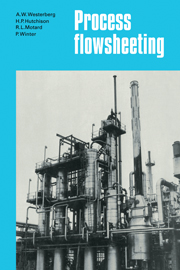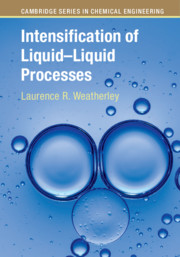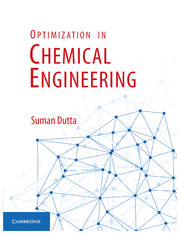Process Flowsheeting
Process flowsheeting concerns the use of computers to stimulate and design chemical plant of all types, such as petroleum refineries, petrochemical complexes or even food factories. In this 1979 introduction to the topic the authors examine the role of flowsheeting in process plant design and look at the various techniques on which computer-aided systems may be based. For each one of these approaches the advantages and disadvantages are clearly stated and the four most important methods are described in detail. In each case the motivation for its development is analysed and its use is illustrated by a number of practical examples. Particular attention is devoted to the underlying technology of process flowsheeting systems, and an introduction to the analysis of degrees of freedom in flowsheeting and a guide to further reading are also included. This book will still hold value for those interested in the historical development of process flowsheeting.
Product details
June 2011Paperback
9780521279154
262 pages
229 × 152 × 15 mm
0.39kg
Available
Table of Contents
- Preface
- 1. Introduction
- 2. Flowsheeting on the computer
- 3. Solving linear and nonlinear algebraic equations
- 4. Physical property service facilities
- 5. Degrees of freedom in a flowsheet
- 6. The sequential modular approach to flowsheeting
- 7. Flowsheeting by equation-solving methods based on tearing
- 8. Simulation by linear methods
- 9. Simulation by quasi-linear methods
- 10. Further reading and literature references
- Index.





